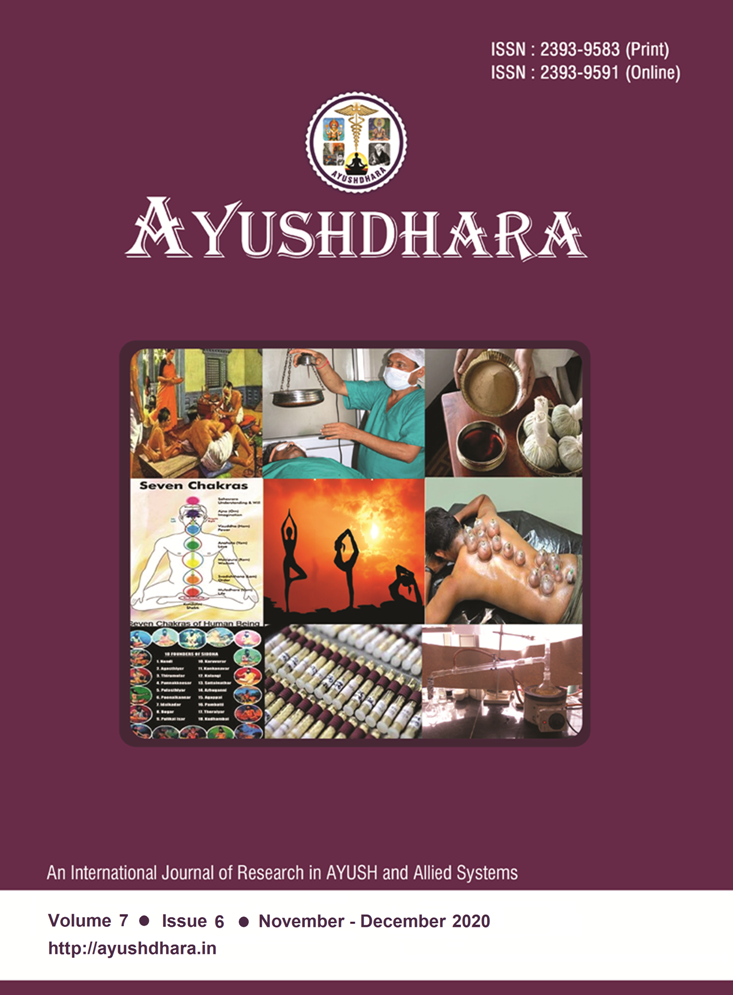JIGSAW COOPERATIVE LEARNING: A VIABLE TEACHING LEARNING STRATEGY IN AYURVEDA
DOI:
https://doi.org/10.47070/ayushdhara.v7iSupply1.639Keywords:
Cooperative learning, JIGSAW method, Ayurveda.Abstract
Teaching and learning are two important pillars in medical education. In lecture base method teachers mere transform all his information about a subject to students, but day by day this method is getting bored. It discourages everyone. Every student doesn’t take part in this type of teaching. Cooperative learning considered as one of the greatest innovative method in teaching. Jigsaw is one of the strategies of cooperative learning. It is successfully used in other faculty to improve education from 1st standard to graduate level but till it is not used in Ayurveda field so the present study was conducted to compare effectiveness of Jigsaw technique with lecture technique for Ayurveda students. Method: A pre-test was performed on the students to ensure their knowledge about that subject. Then relevant topics i.e., Shatkriyakala (first subject) and Nidanpanchak (second subject) were presented to the two groups using mentioned methods. And a post-test was used to measure their learning and assessed it’s satisfactory or not by unpaired t test. Results: More than 90% of the participants agreed with all the items that assessed their satisfaction with what they learnt by using JIGSAW. Conclusion: Cooperative learning for teaching learning process is more effective and satisfactory.
Downloads

Published
How to Cite
Issue
Section
Copyright (c) 2020 AYUSHDHARA

This work is licensed under a Creative Commons Attribution-NonCommercial-ShareAlike 4.0 International License.



